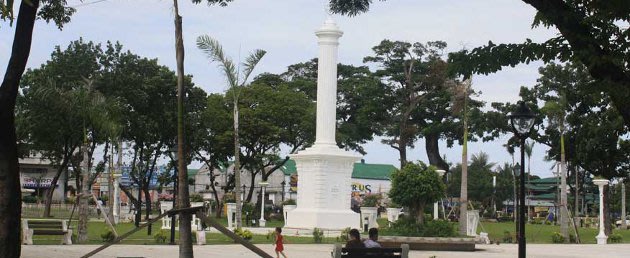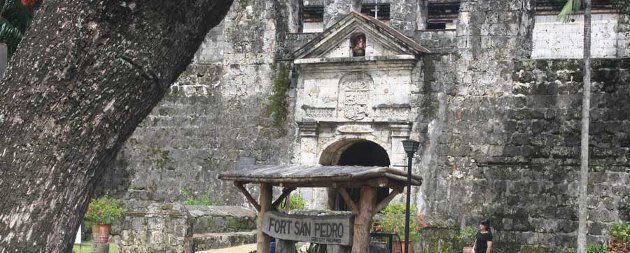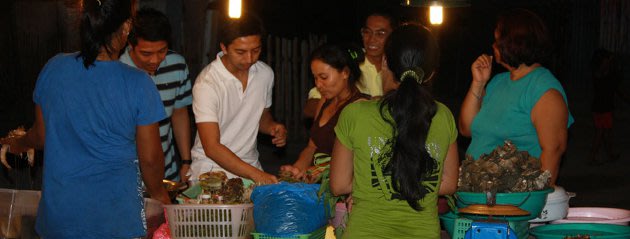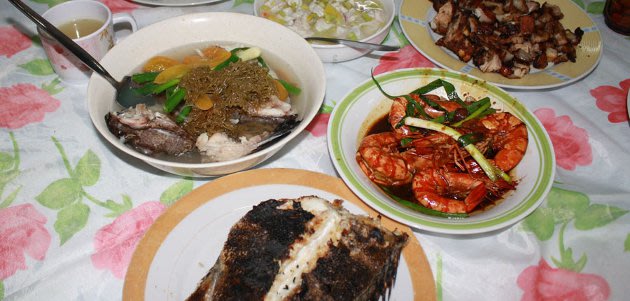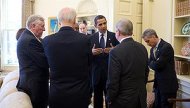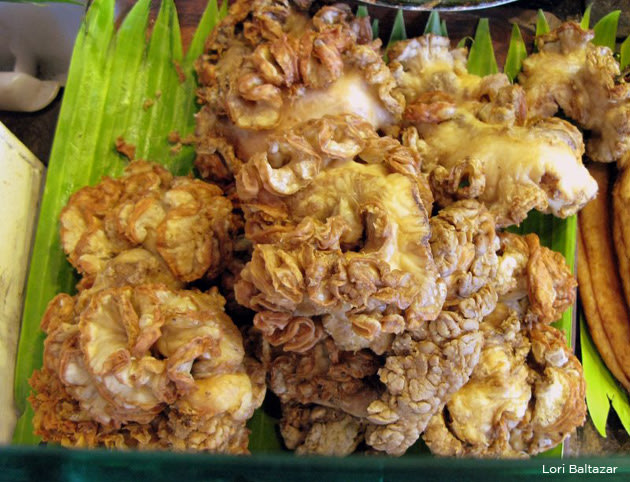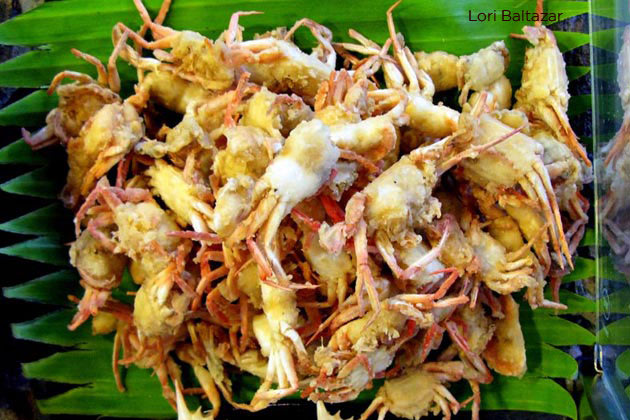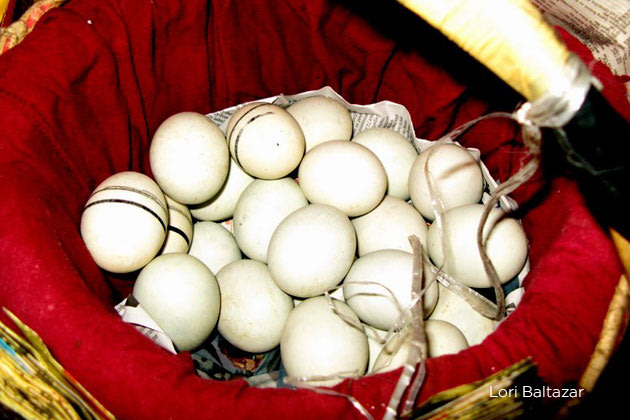Aquino said the government plans to acquire surface attack aircraft, air defense radars, long-range patrol aircraft and closed air support aircraft for the Air Force.
“For the Navy, strategic sea-lift vessels, off-shore patrol vessels, naval helicopters – there are at least three of them, coast watch stations, similar weather-heavy endurance cutters,” he said.
Aquino said the Army would be provided with new assault rifles, armor assets, tanks, armored personnel carriers, force protection equipment like helmets and bulletproof vests, night-fighting equipment and radios.
Aquino said the Navy is still studying whether it needs to purchase a submarine to secure the country’s territory.
“The (acquisition of a) submarine is being studied by our Navy, whether or not practical, whether or not it meets our needs,” he said.
Aquino said a country in Southeast Asia bought a refurbished submarine for a bargain price of $12 million but ended up spending more to refit the vessel for tropical conditions.
“They ended up spending the same as if they bought it brand-new,” Aquino said.
Navy chief Vice Admiral Alexander Pama said they are cautious on the plans to purchase submarines to beef up their capabilities.
“This is a complicated matter,” Pama said. “We don’t want to commit a mistake by jumping into something. As I said, we don’t want to buy something which eventually we cannot chew and swallow,” he said.
Only the beginning
Aquino said the arrival of BRP Gregorio del Pilar, a decommissioned US Coast Guard cutter, is just the beginning of efforts to modernize the AFP.
“This ship symbolizes our newly acquired ability to guard, protect, and if necessary, fight for the interests of our country,” Aquino said as the refurbished Hamilton-class cutter dropped anchor.
“This is just the beginning. Expect more good news because we will not stop at one ship,” he said.
Aquino led officials in touring the 3,390-ton warship, which is about 46 years old.
Aquino said the former US Coast Guard cutter, now the Philippine Navy’s flagship vessel, would protect the country’s exclusive economic zone and its oil and gas exploration activities in the South China Sea.
“This will upgrade our capability to guard our exclusive economic zone as well as the (oil and gas) service contract areas,” he said in a welcoming speech.
The cutter will join the current flagship BRP Rajah Humabon, a former American destroyer, which is among the oldest active warships in the world.
Del Pilar will be deployed to protect the country’s interests in the disputed Spratly islands, and will be tasked to patrol the Philippine Exclusive Economic Zone, including “service contract areas” where oil and gas explorations are held.
Executive Secretary Paquito Ochoa Jr. said the new warship “represents a significant step forward in our efforts to improve our Navy’s capacity to patrol and secure our waters.”
Ochoa, who heads the Cabinet cluster on security, said they are currently spearheading reforms in the AFP that seek to address this concern.
The Armed Forces Modernization Act, which took effect in 1995, has given the military the opportunity to modernize in 15 years with a total fund of P331 billion.
More than16 years have passed since the law was enacted but critics said the military is not even close to a modern battle force. The delay in the implementation of the law has been attributed to lack of state funds.
‘Impressive’
The Philippine government has acquired the 115-meter (378 feet) long Weather Endurance Cutter (WHEC) from the US Coast Guard almost free through the Excess Defense Article (EDA) in line with the Philippine Navy Capability Upgrade Program with the refurbishing and transport cost amounting to P450 million.
The ship, formerly known as USCGC Hamilton, 42 feet in beam and 15 feet and seven inches in draft, has a maximum speed of 26 knots powered by two turbine and two diesel engines.
It has a helipad and a hangar and could accommodate two helicopters with foldable rotor blades at any given time.
A total of 95 Filipino sailors maneuvered the ship from California on a three-week voyage home, accompanied by US Navy destroyer USS Fitzgerald and two similar US Coast Guard Hamilton cutters.
The sailors led by Navy Capt. Alberto Cruz were taught by their US counterparts on how to operate the ship during their three-week voyage. They underwent trainings in the US as early as February and completed their training last July.
They made a stopover in Hawaii before dropping anchor in Guam last Aug. 16. From there, the ship sailed to Manila, arriving on Aug. 21.
Navy sailor John Rances, one of the Filipino seamen who were trained to operate the ship, said there was no dull moment during their voyage.
Rances said they were constantly trained on operations and maintenance of the ship, including take off and landing of helicopters on deck.
Pama said American sailors who trained Filipino Navy men to maneuver the ship were impressed.
“Based on their (US troops) observations, I think they are not pulling my leg, the Pacific Fleet Commander, 7th Fleet, (said) they were quite impressed with our troops,” Pama told reporters.
The ship arrived in Manila Bay last Sunday and underwent customs and immigration inspection.
Officials said the cutter would serve as the lagship of the military’s Western Command (Wescom) based Ulugan Bay in Palawan.
It was learned that the ship would be fitted with additional modern radar systems to cover most of the country’s maritime domain within its exclusive economic zone in the West Philippine Sea.
The vessel, being a weather high endurance cutter, will also be used to conduct search and rescue operations. The US Coast Guard used the ship for drug and migrant interdiction, law enforcement, search and rescue, living marine resources protection, and defense readiness.
Parañaque City Rep. Roilo Golez suggested the ship should be equipped with missiles to make it more lethal.
Golez, a former national security adviser and a graduate of the US Naval Academy, was among the administration officials who toured the ship when it docked at the South Harbor in Manila yesterday.
He said installation of a missile system in the newly acquired vessel is not expensive and worth the investment, considering “the multitrillion-peso resources, minerals, fish, oil” within the Philippines’ exclusive economic zone.
“And of course, there’s no price to our country’s sovereignty,” Golez said.
“The next step is to give the ship missile capability. This is technically feasible for a song. Its 76mm gun, though rapid firing, is no match to the capability of the naval powers in the region, which can fire a missile salvo from way beyond the horizon,” he said.
Golez said there are many missile systems that the AFP can acquire from France, Germany, Italy or the US.
He said the missile range should be anywhere from 60 nautical miles to 150 nautical miles to cover the 200-mile EEZ.
“This is very doable and would be quite a force multiplier,” Golez said.
The Philippines clinched the deal to acquire the Gregorio del Pilar early this year, before tensions with China flared.
The US has since promised to help upgrade the Philippine military further, but no details have been released.
China’s state-run media this month warned the Philippines it could pay a “high price” for building up its military presence in the South China Sea, renamed the West Philippine Sea.
However, bilateral ties remain strong in other areas, and Aquino will pay a state visit to China next week.
 By Jill Serjeant | Reuters – Thu, Aug 11, 2011
By Jill Serjeant | Reuters – Thu, Aug 11, 2011 

 Navy is still studying whether it needs to purchase a submarine (photo : US Navy)
Navy is still studying whether it needs to purchase a submarine (photo : US Navy)

